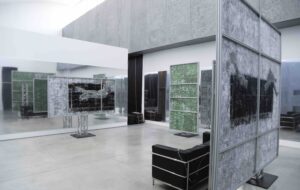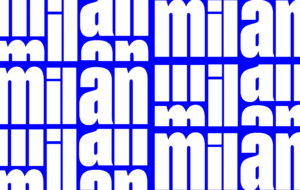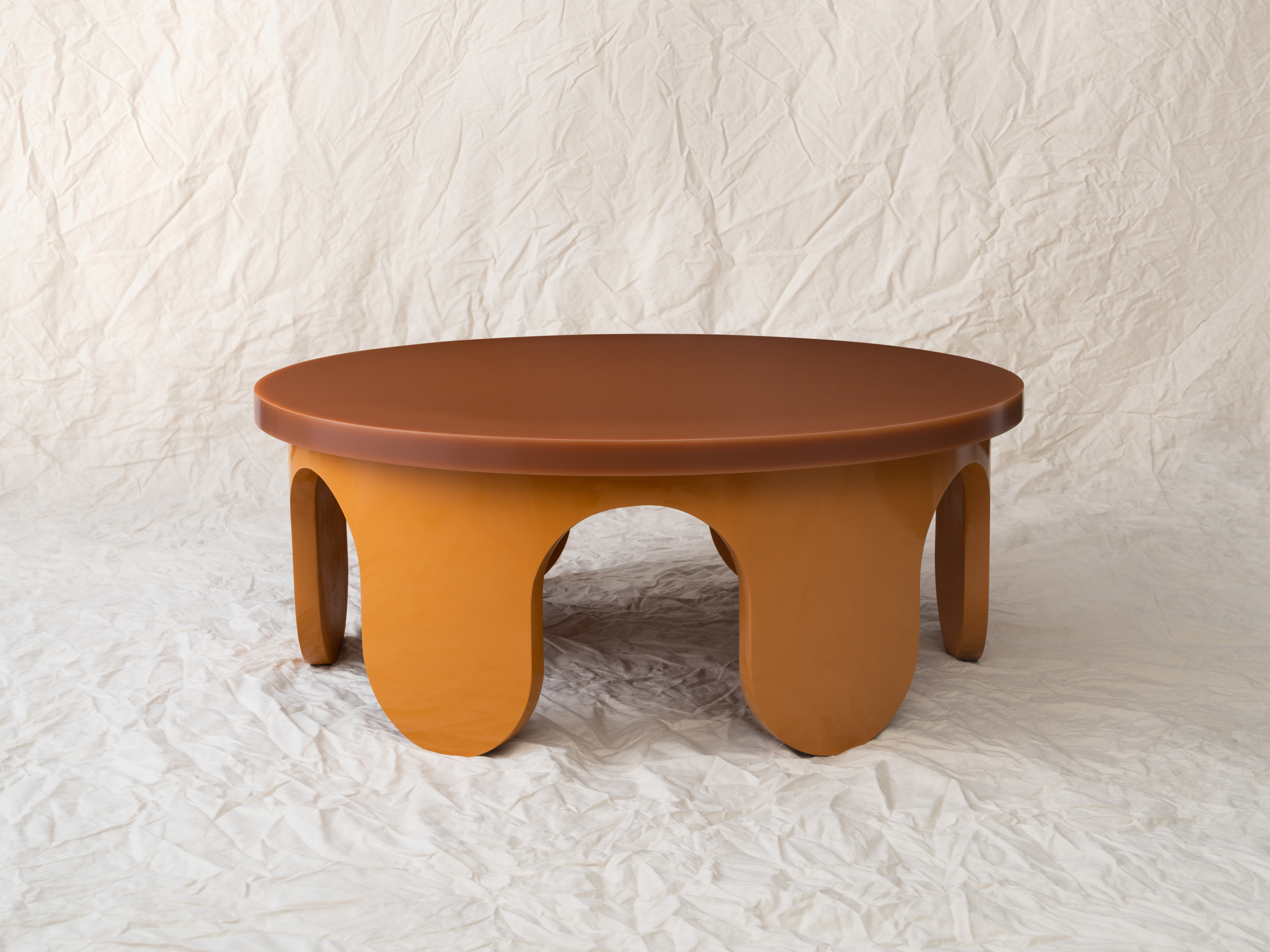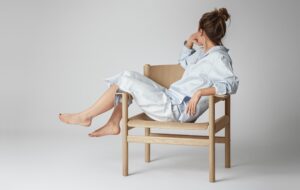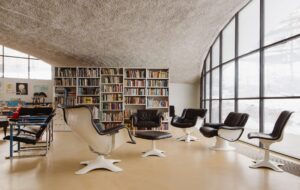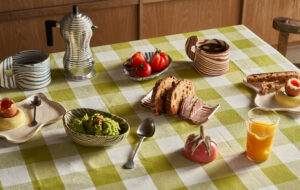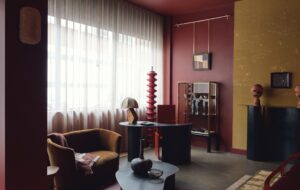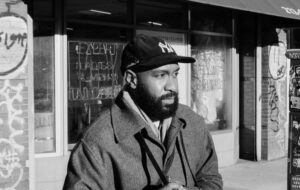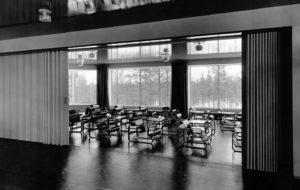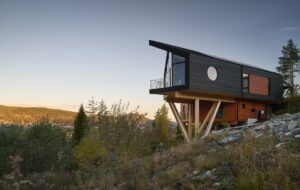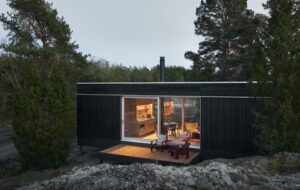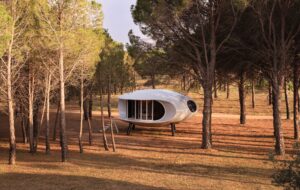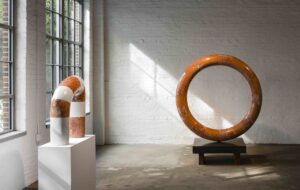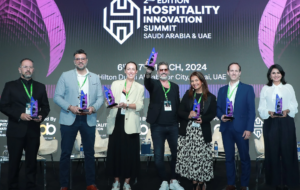How can the design industry make an impact on the global problem of waste? Icon’s panel of experts takes on the challenges and proposes some potential solutions
Increased awareness of people’s consumption of resources and overreliance on single use and short-term plastics has prompted an urgent conversation among designers and architects. With vast amount of resources needed to create disposable products such as toothbrushes, and the current inevitability that much of what we throw away goes to landfill rather than being reused or recycled, designers need to look not only at the end use of a product, but also at the entire process that gets it from concept to sale.
Many designers, and bodies such as Ellen MacArthur Foundation, are now advocating for the concept of a circular economy: designing and creating products and structures with future reuse in mind. This can mean thinking about a product in terms of its individual components and how they can be broken apart and reused, as well as finding ways to make repair and refurbishment easier.
For Sophie Thomas, founding director of communication design agency Thomas.Matthews, the process shouldn’t end at the user – her work for the past two decades has emphasised sustainability and behaviour change and advocated for a circular economy in design. At 100% Design, Thomas joined Emma Fromberg, programme manager at the Cambridge Institute for Sustainability Leadership, Oliver Wilton, lecturer in environmental design at the Bartlett, UCL, and collaborator on the Stirling Prize-nominated Cork House, and Petra Lind, product manager at Aritco, to discuss the circular economy in design and architecture during a panel discussion in partnership with Aritco.
The discussion, Kicking the Waste Addiction: How can design change the way we consume?, explored a wide span of potential solutions to the problem of waste, with the panel discussing the evolution of the milk bottle as a concept for reusable containers, the problems with compostables and the actions companies can take to reduce their impact on the environment and contribution to the problem of waste. Wilton discussed his work with the Cork House team and the sustainable credentials of cork, as well as older and non-western building methods – prompting a discussion on the pros and cons of concrete. Fromberg highlighted signs of changing leadership mentality on sustainability that make her optimistic about change, and Thomas called on designers to take heed from architecture in the regulations it has introduced around sustainability, suggesting that other forms of design should also bring in guidelines, as well as looking to the long term – and often multipurpose – uses for the products they create.
Read more about waste and the circular economy in Icon 195

